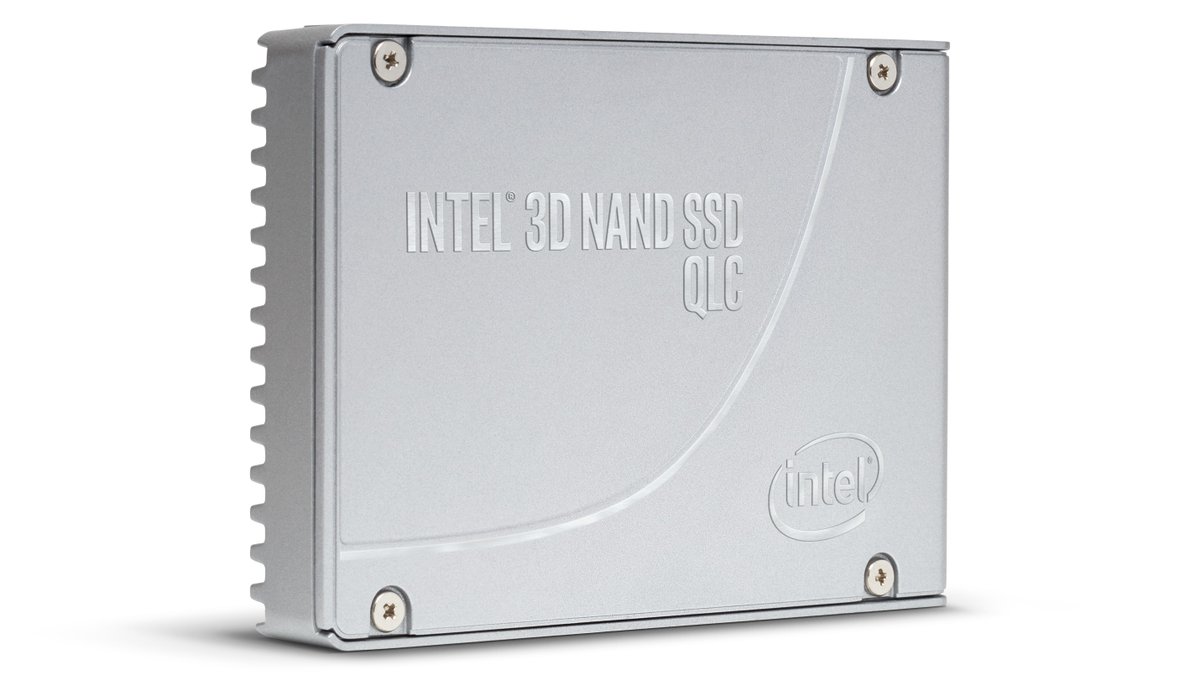Intel has started production of the first enterprise PCIe SSD with Quad Level Cell (QLC) 3D NAND. The drive will become part of the Intel D5 Data Center line but the actual name is not known yet. More details should be revealed at the beginning of next month, during the Flash Memory Summit.
Yesterday, Intel announced the production of the company's first QLC SSD on Twitter. The company tweeted, “A milestone day: @Intel is now in production with the world’s first QLC PCIe SSD for the data center!”
It's expected that the chip giant will release more details on its first QLC 3D NAND drive(s) during the Flash Memory Summit, which is held 6-9 August in Santa Clara, California. It's very well possible that the drive that went in production yesterday, is the 2.5" QLC 3D NAND SSD with a 20TB capacity, that was accidently revealed by one of Intel's partners in May this year. That drive would also use the PCIe interface, just like the drive in yesterday's announcement.
There are also indications that Intel's 660p series SSDs will be the company's consumer series featuring QLC 3D NAND. These drives should become available in capacities of up to 2TB in the M.2 form-factor and utilizing the PCIe interface.
While Intel is first with a PCIe QLC 3D NAND SSD, Micron was first to announce a SATA QLC 3D NAND drive. The Micron 5210 ION SSD was announced at the end of May this year. SSDs in the 5210 ION series will be in the 2.5" form-factor and feature 64-layer QLC 3D NAND produced by IMFT, the NAND flash memory production joint venture from Intel and Micron. The 5210 ION drives will become available capacities of up to 7.68 TB.
QLC 3D NAND stores 4 bits per cell which increases data density with one third, and allows for cheaper SSDs because fewer chips are needed for higher capacity drives. The higher density comes at a cost, SSDs with QLC 3D NAND are slower, allow for less program-erase cycles and consume more power compared to e.g the most expensive and faster Single Level Cell (SLC) NAND.

















